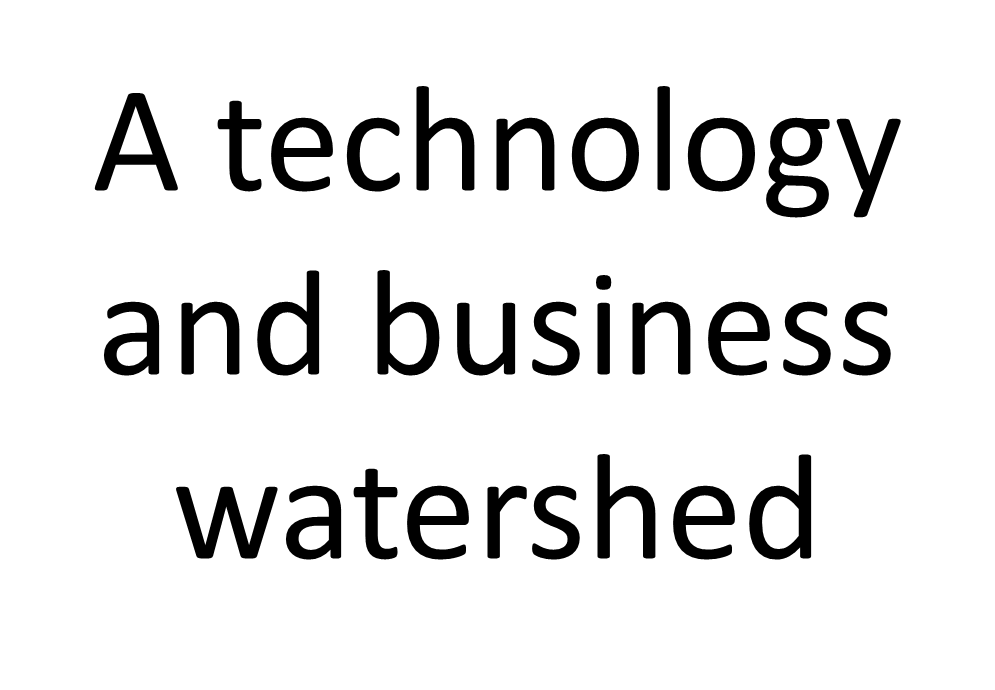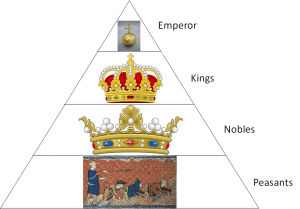For 30+ years, digital media have been the powerful driver that has fostered research, industry and commerce. This happened because the engine that has sustained the development – MPEG – has been capable to expand its coverage and provide new standards to a growing group of client industries. Academia and research, all facets of industry, and billions of users have benefited from this bonanza.
A good game lasts little. Well, not last so little as we are talking of a quarter of century. The reality is that today the engine has run out of steam – technology-wise and business-wise. The capital sentence of cutting MPEG in pieces and leaving the pieces without a head sanctions this as a fact.
Thirty years of practical data compression show the importance of the business that is built of data compression standards. Old technology has had its day. To renew it, we need fresh new technologies, but also a fresh new approach to the matter.
A new engine is coming to rescue. There is a vast group of technologies – going under the general name of Artificial Intelligence – that provide alternative and more promising approaches than using statistical correlation. They go deeper to understand what are the physical phenomena that we are trying to represent.
Moving Picture, Audio and Data Coding by Artificial Intelligence (MPAI) is the vehicle ready to implement the plan. It is a win-win proposal because Digital Media gets more performing technologies and Artificial Intelligence extends the range where its technologies are applied – not just digital media, but also other data types whose use can be more effective if converted to a more efficient representation.
The MPAI Statutes define data coding as the transformation of data from one representation into another representation that is more convenient for a particular purpose. Reducing the amount of data, a.k.a. compression, is one purpose that has proved to be very important to billions of people, but there are many other purposes. Having AI as the underlying technology layer will ensure that AI technologies for data coding will have wider applications, practical deployment will be accelerated and interoperability improved.
This is the grand plan, but we should not forget that the devil is in the details. MPEG has shown that technically excellent standards are no guarantee that their access will be easy and their use possible. Therefore, MPAI abandons the old FRAND approach because it does not guarantee that a licence for a supposed FRAND standard will be available. It embraces instead the Framework Licence approach where IPR holders agree to a business model, and possibly a cap to the total cost of a licence, _before_ the work on the standard starts.
MPAI attacks the main issue of the digital world – data representation, i.e. coding – and leverages AI to get the best results achievable in the current time frame. However, it has learnt the lesson: industry is no longer available to wait for the terms after the standard is done. They want to know more before starting the work.
Posts in this thread
- A technology and business watershed
- The two main MPAI purposes
- Leaving FRAND for good
- Better information from data
- An analysis of the MPAI framework licence
- MPAI – do we need it?
- New standards making for a new age
- The MPEG to Industry Hall of fame
- This is ISO – An incompetent organisation
- This is ISO – An obtuse organisation
- What to do with a jammed machine?
- Stop here if you want to know about MPEG (†)
- This is ISO – A hypocritical organisation
- The MPEG Hall of fame
- Top-down or bottom-up?
- This is ISO – A chaotic organisation
- A future without MPEG
- This is ISO – A feudal organisation


